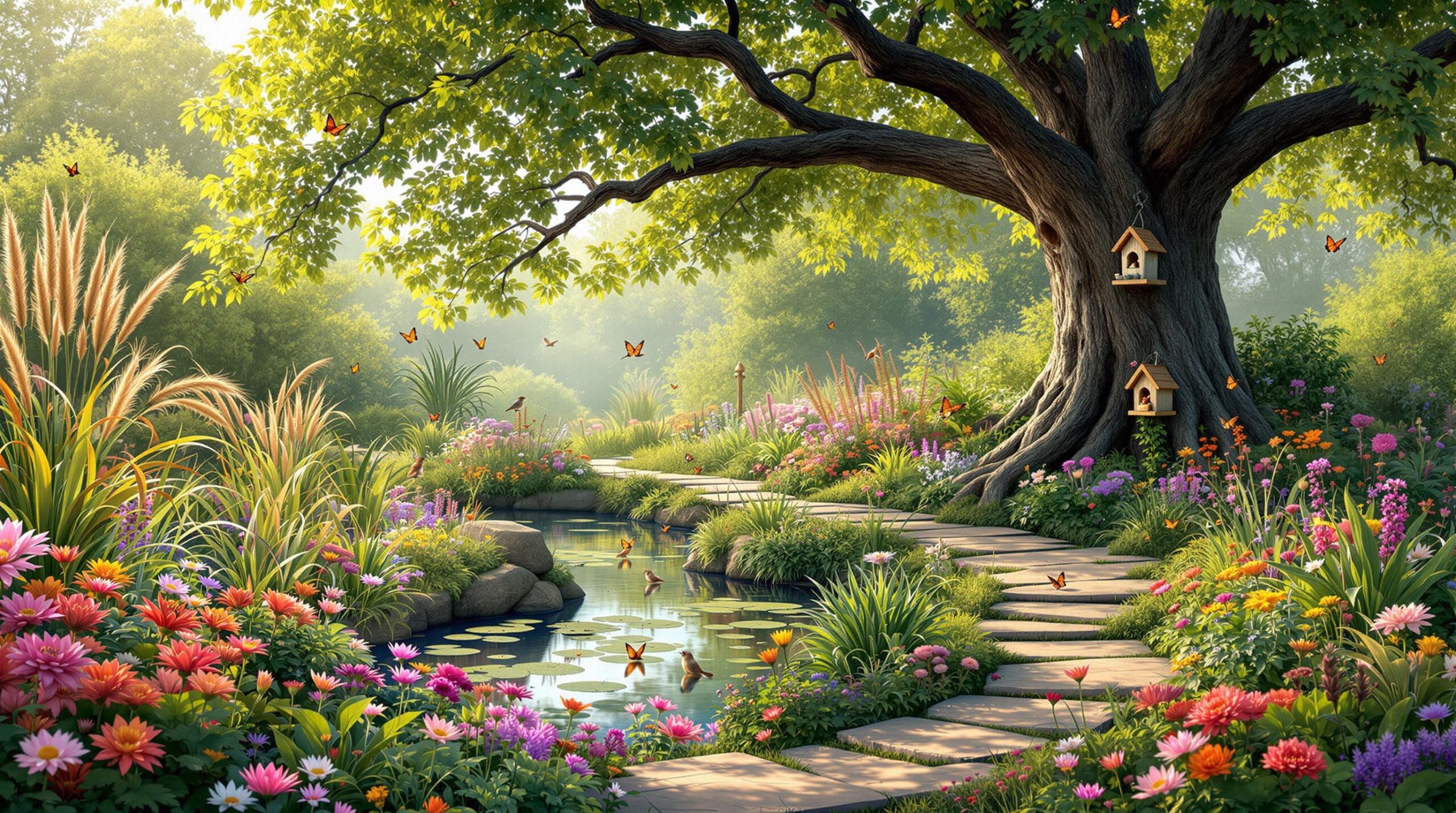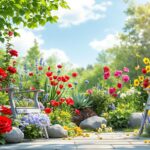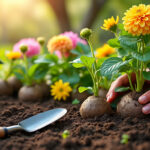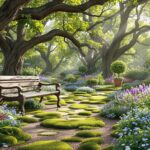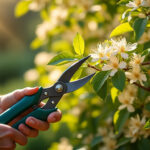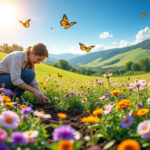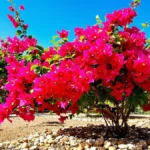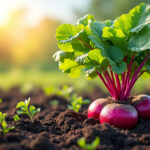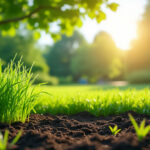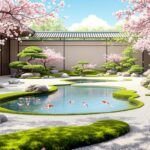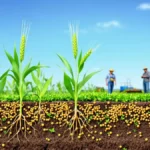Creating a garden that fosters wildlife and biodiversity is not only feasible but also immensely rewarding. As 2025 brings a renewed focus on ecological awareness, homeowners are keen to embrace landscaping practices that resonate with nature. This shift reflects our growing understanding of the crucial role biodiversity plays in maintaining balanced ecosystems. Let’s explore how you can transform your outdoor space into a vibrant sanctuary for local flora and fauna.
In a world increasingly facing a biodiversity crisis, every garden can become a sanctuary for wildlife. By prioritizing eco-friendly practices and native plant species, your garden can serve as a critical habitat for songbirds, butterflies, and other creatures. Imagine sipping your coffee while observing lively chirping and fluttering—all within the comfort of your home. Ready to learn how to make this dream a reality? Let’s dive into the steps and elements that can help you design a thriving wildlife garden!
Creating a wildlife sanctuary in your garden
A well-designed garden can play a pivotal role in attracting and protecting wildlife. Here are some essential components to include.
Planting native flora for biodiversity blooms
Incorporating native plant species is a cornerstone of wildlife gardening. Native plants provide essential food resources and habitats for local species:
- 💚 Food Source: Native plants produce fruits, seeds, and nectar that sustain various birds and insects.
- 🌸 Support for Insects: They attract pollinators, essential for the reproductive cycle of many plants.
- 🦋 Caterpillar Host Plants: By including plants that caterpillars thrive on, you support the lifecycle of butterflies.
Water features: Vital for survival
Water is a critical component for wildlife. Install bird baths, fountains, or shallow dishes filled with fresh water to help birds and other creatures stay hydrated and clean. Here’s how to enhance your water feature:
- 💧 Fresh and Clean: Regularly change the water to keep it fresh and appealing.
- 🪨 Provide Landing Pads: Add a few stones for bees and other small wildlife to land safely while they drink.
Creating inviting habitats for wildlife wonders
Just as important as plants and water, habitats offer wildlife a place to shelter and thrive. Here are some strategies to create cozy nooks:
- 🦉 Dense Vegetation: Thickets and native shrubs provide secure nesting spots for birds. Aim for layers of growth to create varied habitats.
- 🐢 Leave Some Mess: Fallen logs, brush piles, and leaf cover can attract salamanders, frogs, and other small creatures.
- ⭐ Nesting Boxes: Install birdhouses or bat boxes to supplement natural nesting sites and encourage species to call your garden home.
Pollinator Paradise: Designing for bees and butterflies
Your garden can become a Pollinator Paradise by including specific plants that attract butterflies and bees:
- 🌼 Nectar-Rich Blooms: Flowers like coneflowers, milkweed, and verbena are favorites among butterflies.
- 🌿 Caterpillar Plants: Ensure at least three types of host plants for caterpillars that turn into butterflies.
Certification: Showcasing your commitment
Once you’ve established your wildlife garden, consider getting certified. Various organizations, such as the National Wildlife Federation, offer certification programs that recognize your efforts to support local wildlife.
The impact of color theory in modern garden design
Greener gardens: Sustainable practices to enhance your garden
In today’s climate-conscious world, sustainable practices are key to maintaining a wildlife garden. Follow these guidelines for a healthier ecosystem:
- ♻️ Natural Fertilizers: Use compost and mulch instead of chemicals.
- 🚫 Avoid Pesticides: These chemicals harm beneficial insects and disrupt the ecosystem. Stick to organic alternatives.
- 🌱 Reduce Lawn Space: Transition sections of your lawn to native planting areas that require less maintenance and attract wildlife.
What to avoid when designing your garden
To ensure your garden is as inviting as possible, steer clear of the following:
- ✖️ Invasive Species: Non-native plants can outcompete local flora and harm native wildlife.
- 🚜 Expansive Lawns: Large areas of grass offer little ecological value and require extensive upkeep.
Get involved: Making a larger impact
Beyond your own garden, consider the broader implications of wildlife gardening. By aligning with community efforts and sharing your experiences, you can inspire others to create their own wildlife wonderlands. By providing food, shelter, and protection for local wildlife, every garden can support the ecosystem.
Are you ready to contribute to the health of your local environment? Transforming your garden into a Garden Sanctuary might just be the change you need. ✨🌿
| Wildlife Garden Elements | Benefits |
|---|---|
| Native Plants | Support local wildlife and reduce maintenance |
| Water Features | Provide hydration; attract diverse species |
| Habitat Structures | Offer shelter; help with breeding |
| Sustainable Practices | Promote ecological health without chemicals |
FAQ
What are the best plants for attracting local wildlife?
Native plants like coneflowers, milkweed, and aster are excellent for attracting local butterflies and bees.
How can I create a water source for wildlife?
A simple bird bath or shallow dish filled with clean water can provide essential hydration for various creatures.
What maintenance does a wildlife garden require?
Focus on seasonal tasks such as deadheading, pruning, and ensuring clean water sources, while allowing some natural clutter to support wildlife.
Can I certify my wildlife garden?
Yes! Engage with organizations like the National Wildlife Federation to get your garden certified as a wildlife habitat.
How does a wildlife garden benefit the environment?
Wildlife gardens support biodiversity, provide habitats for local species, and contribute to healthier ecosystems.

